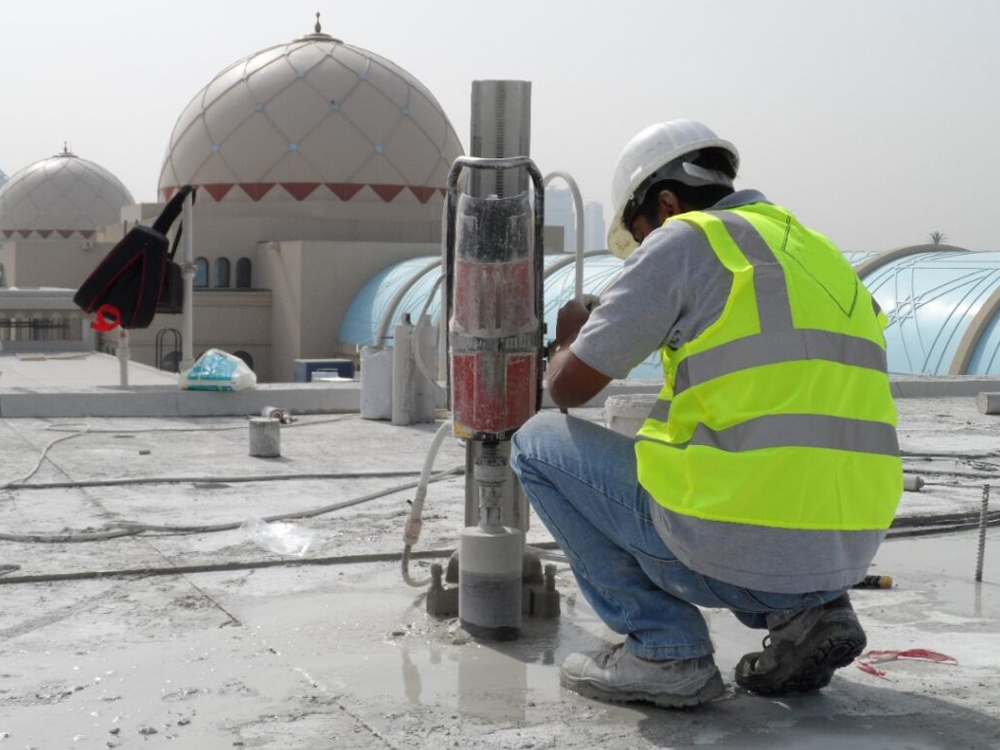

Vertical Coring – Uses & Technical Details
What is Vertical Coring?
Vertical coring refers to the process of drilling vertically into concrete or masonry structures to create holes of a specific diameter and depth. The technique is commonly used for installations that require penetrations through floors, walls, or ceilings. It involves the use of specialized coring equipment, often using a diamond-tipped core bit, to drill through materials like concrete, stone, or reinforced concrete.
Vertical coring is typically performed in new construction, renovation, and infrastructure projects and is a standard practice in various applications like HVAC installations, plumbing, electrical, and data systems.
Primary Uses of Vertical Coring
1. HVAC and Ductwork Installation
Coring is commonly used to create pathways for HVAC ducts, allowing for ventilation systems to be routed through concrete floors or ceilings without compromising structural integrity.
2. Plumbing and Drainage
Vertical coring creates space for plumbing pipes, drain lines, and vent stacks to pass through structural elements like floors and walls, facilitating effective water and waste management systems.
3. Electrical and Data Cable Routing
For electrical wiring and data cables, vertical coring is used to create holes in concrete for conduits or cable trays, ensuring safe and efficient routing of these utilities without disrupting other systems.
4. Fire Protection Systems
Vertical coring is utilized to create openings for the installation of fire suppression systems (e.g., sprinkler pipes), ensuring that these critical systems can be properly installed without compromising the building's structural elements.
5. Core Sampling for Testing
In some cases, vertical coring is used to obtain core samples from existing concrete for testing purposes (e.g., compressive strength, mix design, or structural integrity testing).
6. Retrofitting and Renovation
During retrofit projects, vertical coring is often needed to facilitate the installation of new utilities, structural anchors, or support systems that align with updated building codes and designs.
Coring Techniques and Tools
Diamond Core Drilling: The most common method for vertical coring, using diamond-tipped drill bits to penetrate concrete or masonry with high precision and efficiency.
Wet coring uses water to cool the bit and reduce dust, making it ideal for high-strength concrete.
Dry coring is used in areas where water might damage surrounding materials or when a wet method is impractical.
Handheld drills are typically used for smaller, less deep penetrations in concrete or masonry.
Rig-mounted drills are used for larger, deeper cores and are mounted to a structural surface for stability.
© 2025 Rukn Alabtal Design By: sialweb